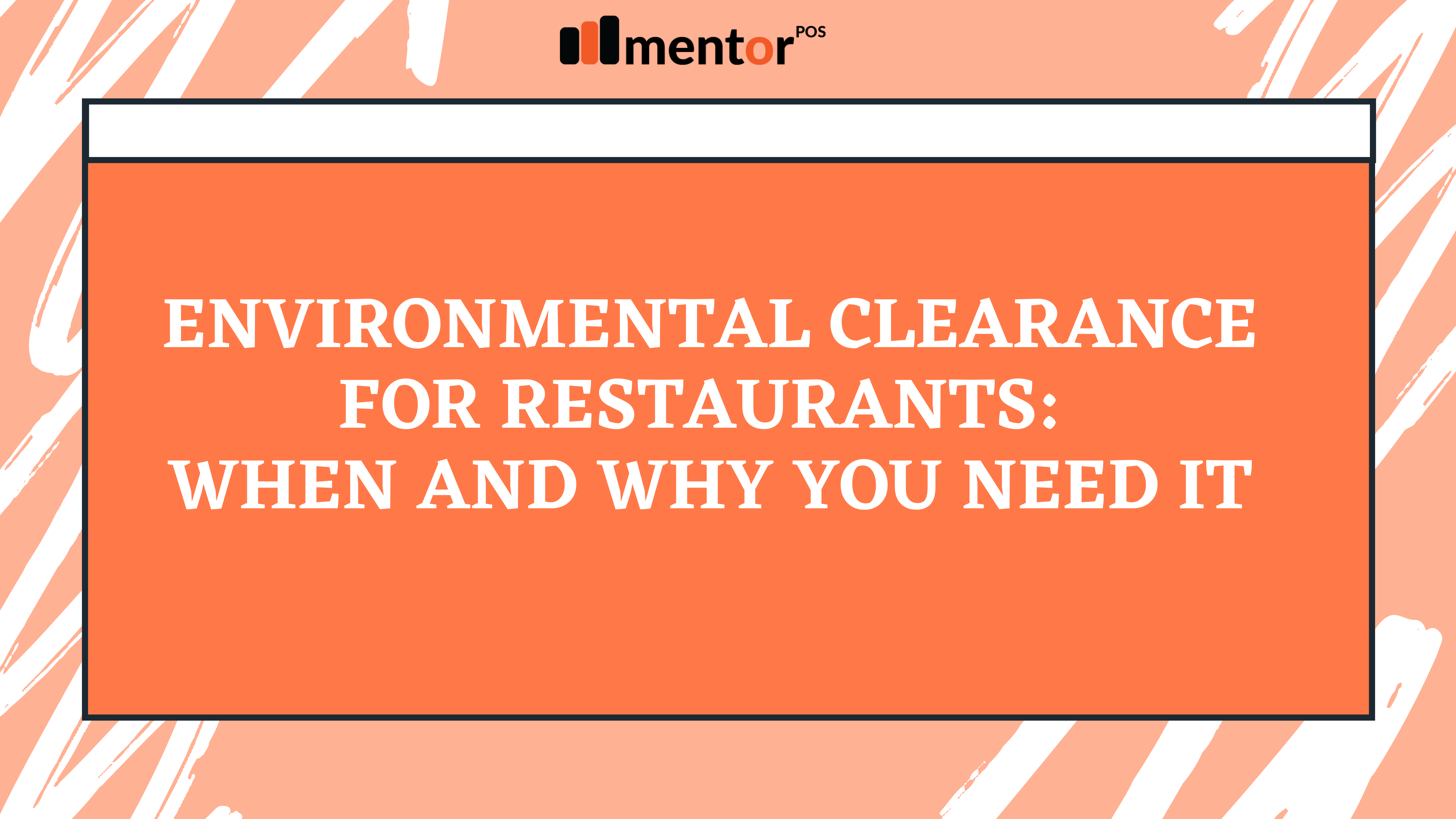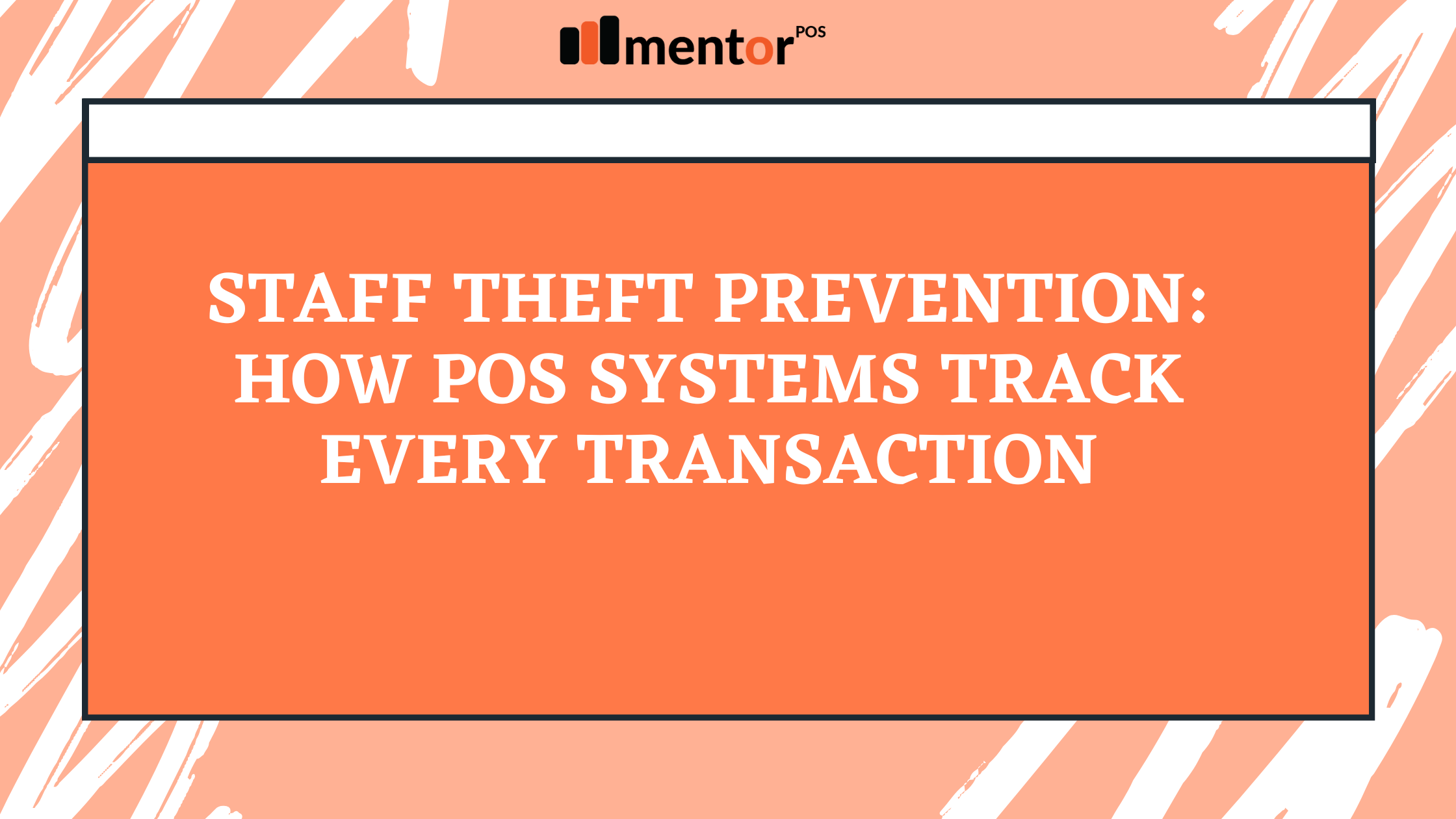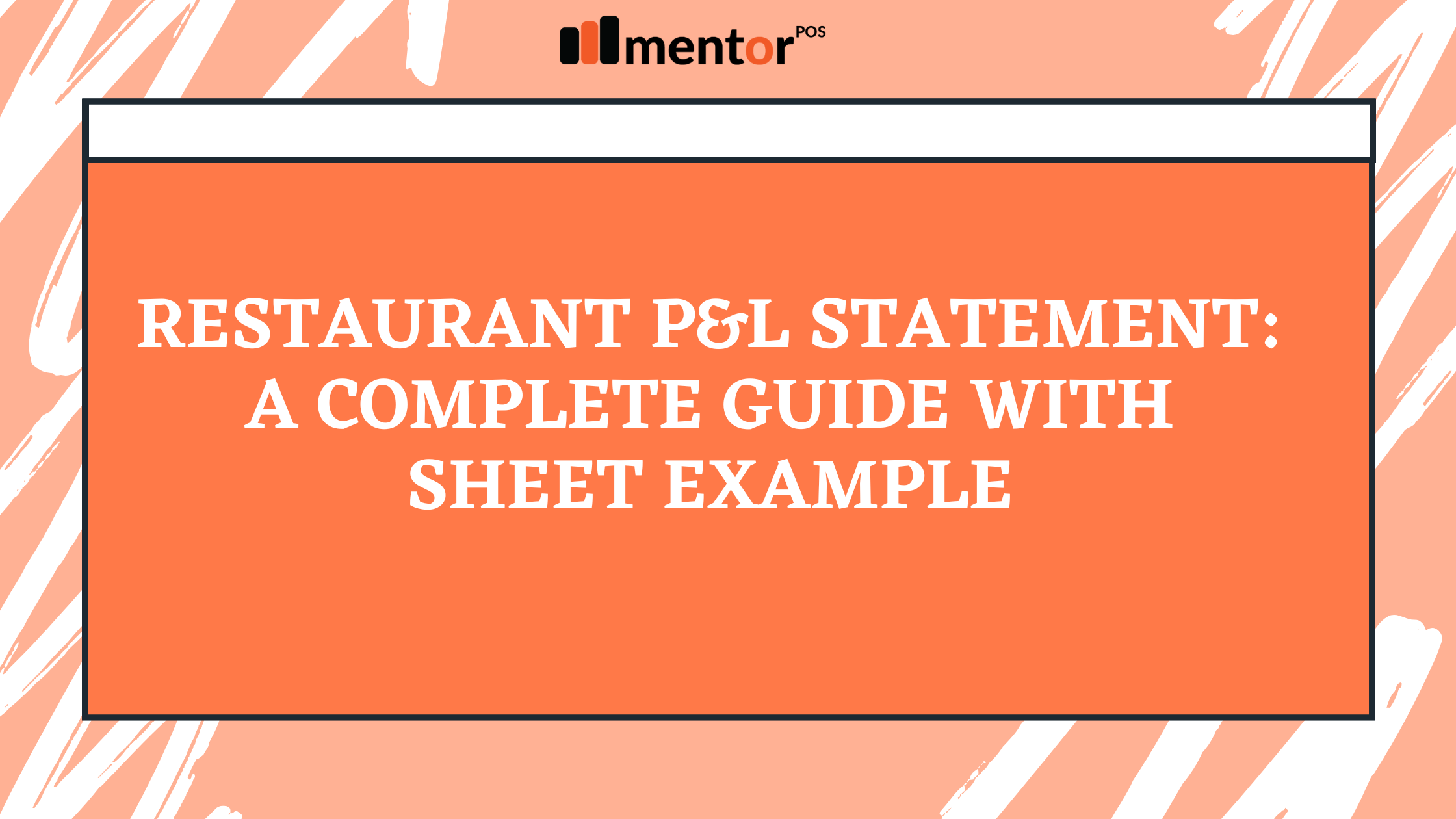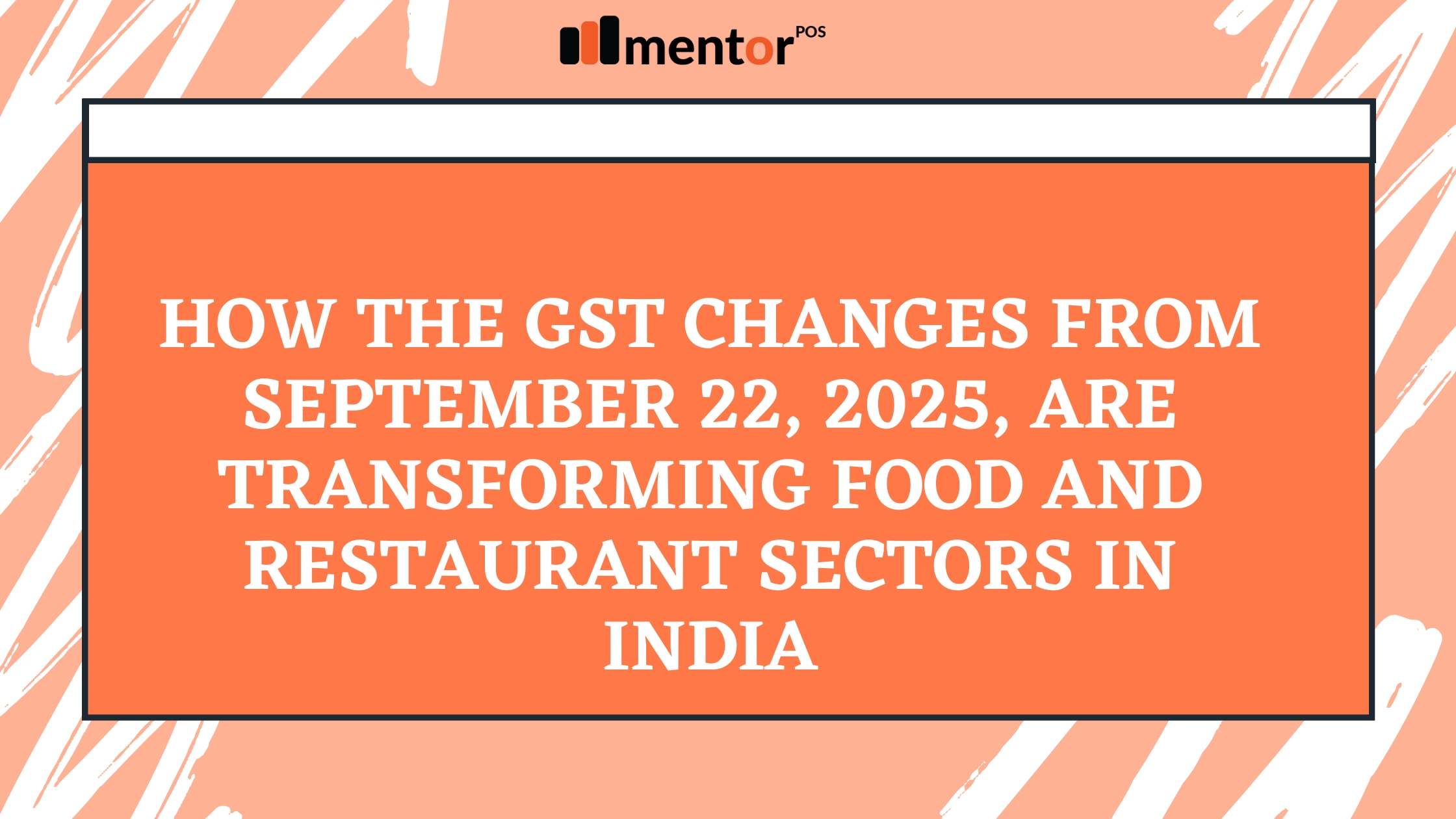If you’re opening or scaling a restaurant in India, you already know about FSSAI, Trade License, and Fire NOC. But one piece many owners discover late—often during an inspection or loan due-diligence—is environmental compliance. Whether or not you require a formal Environmental Clearance (EC), every restaurant must meet pollution-control norms and obtain the right permissions before it starts cooking. Here’s a practical, owner-friendly guide.
EC vs Pollution “Consents”: What’s the difference?
- Environmental Clearance (EC) is a one-time prior approval mandated under India’s EIA framework for projects with significant environmental impact—think large commercial complexes, hotels/resorts above certain built-up thresholds, or projects in eco-sensitive zones.
- Pollution Control “Consents” are the day-to-day authorisations from your State Pollution Control Board (SPCB) or Pollution Control Committee (PCC):
- Consent to Establish (CTE) – before you build/fit-out.
- Consent to Operate (CTO) – before you start operations, renewed periodically.
These consents are issued under the Water Act (1974) and Air Act (1981) and apply to many restaurants, even when EC is not required.
When does a restaurant need environmental permissions?
Your compliance footprint depends on size, fuel choice, and location. Triggers include:
- Kitchen emissions & fuel
- Coal/wood tandoors, high-capacity LPG banks, or diesel-based equipment increase air-emission scrutiny. You’ll likely need Air Act consent plus controls like proper chimney height, hoods, baffle filters, and scrubbers for smoke/odour.
- Wastewater & effluent
- Dish-washing and floor cleaning generate “trade effluent.” Municipalities and SPCBs require a FOG trap/interceptor to prevent fats, oils, and grease from clogging sewers. If you aren’t connected to a city STP (e.g., resorts, highway outlets), you’ll need an on-site STP and Water Act consent.
- Solid waste & food scraps
- Compliance under Solid Waste Management Rules (2016): segregation at source (wet/dry/hazardous), tie-ups with authorised collectors, and preferably in-house composting/biogas for large kitchens.
- Noise & DG sets
- Diesel generators, live music, or open terraces must meet Noise Rules limits and CPCB-compliant DG enclosures. Night-time limits are stricter.
- Plastic & packaging
- Plastic Waste Management Rules and single-use plastic prohibitions affect takeaway, delivery, and catering. You should switch to approved thickness/compostable options and maintain vendor invoices as proof.
- Groundwater
- If you use a borewell, check if a CGWA (groundwater) permission is required for extraction in your area.
- Location sensitivity
- Coastal Regulation Zone (CRZ), wildlife buffers, and eco-sensitive areas impose additional conditions; projects inside these often tie back to EC requirements.
How SPCBs classify restaurants
State boards use CPCB’s category guidance (Green/Orange/Red). Restaurants and smaller hotels commonly fall under Green or Orange depending on seating capacity, fuel type (clean gas vs solid fuel), and wastewater load. Orange typically needs stricter controls and more frequent renewals. Your local SPCB/PCC website lists the exact category and fee slab.
Documents you’ll typically need (CTE/CTO)
- Basic KYC: PAN, GST, ownership/lease deed, layout plan, and municipal Trade License application/approval.
- Process note: number of covers, operating hours, fuel used, number of burners/tandoors/ovens, exhaust details (duct diameter, height, filters), DG set rating (if any).
- Water & waste balance: daily fresh water use, wastewater generation, connection to sewer/STP, FOG trap specs.
- Waste management plan: segregation method, vendor agreements for food waste, recyclables, and used cooking oil (tie-up with a RUCO-registered aggregator is best practice).
- Compliance undertakings for Plastic Waste, E-waste (old POS/computers), and Battery Waste (UPS/DG batteries).
- Prescribed consent fee based on capital investment/category.
Step-by-step: Getting your permissions right
- Do a quick compliance screen
Identify fuel, DG sets, wastewater handling, and waste volumes. If in a mall/hotel, request a copy of the project’s EC and environmental conditions applicable to tenants. - Apply for CTE online
Most SPCBs run single-window portals. Upload documents, pay the fee, and respond to queries. Some states conduct a site visit before approval. - Implement controls during fit-out
Install exhaust hoods, ducting to roof level, FOG traps, acoustic enclosure for DG, and waste segregation bays. Keep invoices/photos as evidence. - File for CTO
After installation, submit test reports (noise, stack monitoring where applicable), water/waste logs, and vendor MoUs. On approval, you’re legally cleared to operate. - Maintain records & renew on time
Keep daily FOG cleaning logs, oil purchase/return (RUCO) ledgers, waste handover receipts, and periodic maintenance records. Renew consents before expiry.
Also Read: FSSAI License for Restaurants: What It Is and Why You Can’t Skip It
Smart practices that reduce both risk and cost
- Switch fuels: Prefer PNG/LPG over solid fuels; add electrostatic precipitators/scrubbers to smoky grills if you must use charcoal/wood for signature dishes.
- Capture FOG at source: Clean interceptors daily; schedule professional desludging. This protects your plumbing and keeps inspectors happy.
- Sound management: Isolate noisy equipment, adhere to terrace music curfews, and monitor decibel levels on weekends.
- Close the loop on waste: Compost wet waste, recycle cartons and glass, and return used oil through authorised channels (it also deters unsafe re-use).
- Train staff: Kitchen teams should know what goes into which bin, how to handle spills, and how to log FOG cleaning and waste handover.
Where restaurant tech helps
Environmental compliance isn’t just paperwork—it’s discipline. A modern POS like MentorPOS can quietly make this easier:
- Recipe & inventory control reduce over-production and food waste.
- Waste and variance reports help document reduction initiatives for SPCB renewals.
- Vendor management keeps invoices from authorised recyclers, RUCO aggregators, and STP service providers in one place.
- Maintenance reminders for FOG trap cleaning, filter replacement, and DG servicing cut surprise violations.
The takeaway
You may never need a formal Environmental Clearance as a standalone restaurant—but you do need to respect air, water, noise, and waste rules through CTE/CTO and allied regulations. Build these requirements into your project timeline, budget for basic controls (chimney, FOG trap, acoustic DG), and keep tidy records. Do that, and environmental compliance turns from a headache into a competitive advantage: cleaner kitchens, happier neighbours, smoother inspections—and a brand guests trust.







